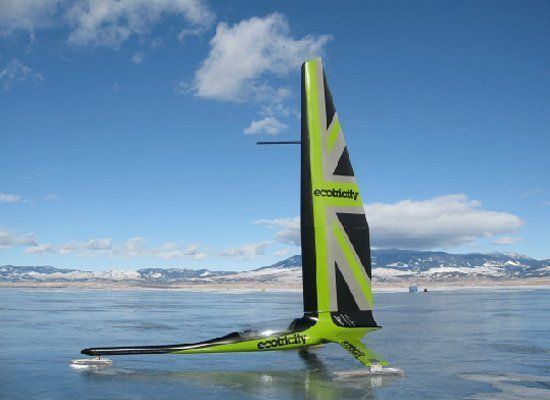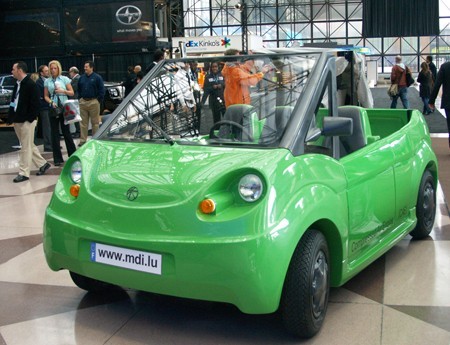Very skeptical of the compressed air vehicles. This fellow seems to explain the problem as I have read it elsewhere:
***
"If their claims are true (100 mile range per 175L of air at 350 bar), then this is extremely competitive with battery electric cars, but I highly doubt that these claims are true.
Compressed gas power cycles require highly-efficient heat exchangers to minimize storage volume and maximize energy efficiency. When gases expand adiabatically, they cool down dramatically, and unless the gas is heated to ambient temperature, the energy return from expanding the gas to the atmosphere is substantially reduced. So the engine needs an intercooler-type heat exchanger that operates on a relatively low temperature difference, which is technologically challenging.
Also, the charging station will want to have a deep refrigeration unit, first of all to condense the humidity out of the air and then to cool the air to near-cryogenic temperatures to compensate for the rise in temperature that will occur when the air is compressed. Otherwise the vehicle's storage tank would have to be very large (pressure is proportional to temperature) and heat-resistant. So the charging station is going to consume quite a lot of power for cooling.
The claimed 175L is only 46gal. They're basically claiming that they have a compressed air power cycle that approaches 10% of the volumetric energy density of a typical gasoline power cycle. That's a really implausible claim. There's no way that 46 gallons of compressed air can deliver the same energy output as 4 gallons of gasoline. I don't buy it."
http://www.huffingtonpost.com/social/js ... 62281.html"I'm not a skeptic because I want to believe, I'm a skeptic because I want to know." --Michael Shermer








